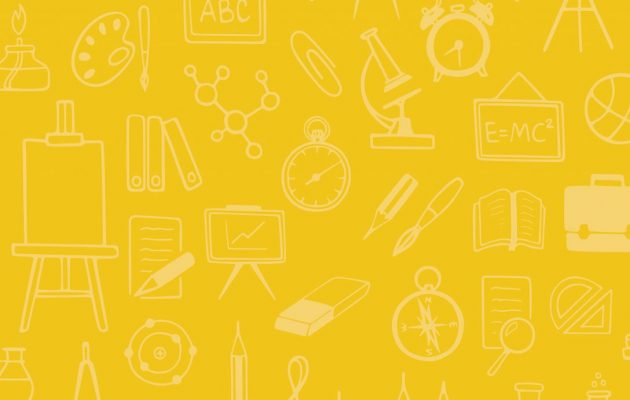Photographic and Digital Media
A NESA Elective
Course Description
Our students live and breathe in an increasingly visual culture, a world dominated by images. To be informed and effective consumers of these images students need to understand how and why images are used. The PDM course looks specifically at artworks and images that are photographic in nature. Over the duration of the course students will develop an understanding of photographic images from their most basic form as record of light through to digital images and images that move in the form of cinematography and film making. Students engage with how these sorts of images and artworks are made and why.
As part of the course students will have access to and specific training in the use of industry standard equipment and software. Students use professional equipment so that with an emphasis on making choices and decisions about the images they produce.
Artmaking involves the process that each student undergoes when creating finished artworks; from brainstorming and researching their ideas, to experimenting with techniques and processes and producing artworks which reflects these.
Modules and Art-making Tools Explored
- Digital SLR cameras
- Adobe Photoshop
- Image manipulation, storage and exhibition
- Professional lighting
- Professional audio equipment
- HDSLR cinematography
- Nonlinear editing
- Composition and motion graphics
- DVD authoring
- Lightroom
Course Content
Students will produce a number of finished portfolios of photographs, as well as development exercises designed to build their technical skills and conceptual understanding.
In Critical and Historical Studies students will examine the work of specific artists across a range of photographic and digital media with specific emphasis on a historical understanding of the development of photography and how we use and interpret images.
Over the course students develop a digital portfolio that is a record of the process of their artmaking, the demonstration of developing skills and techniques, conceptual development as well as the presentation of student’s finished works.
Assessment
Assessment is broken down into two components:
- Art making 60%
- Art history and theory 40%

